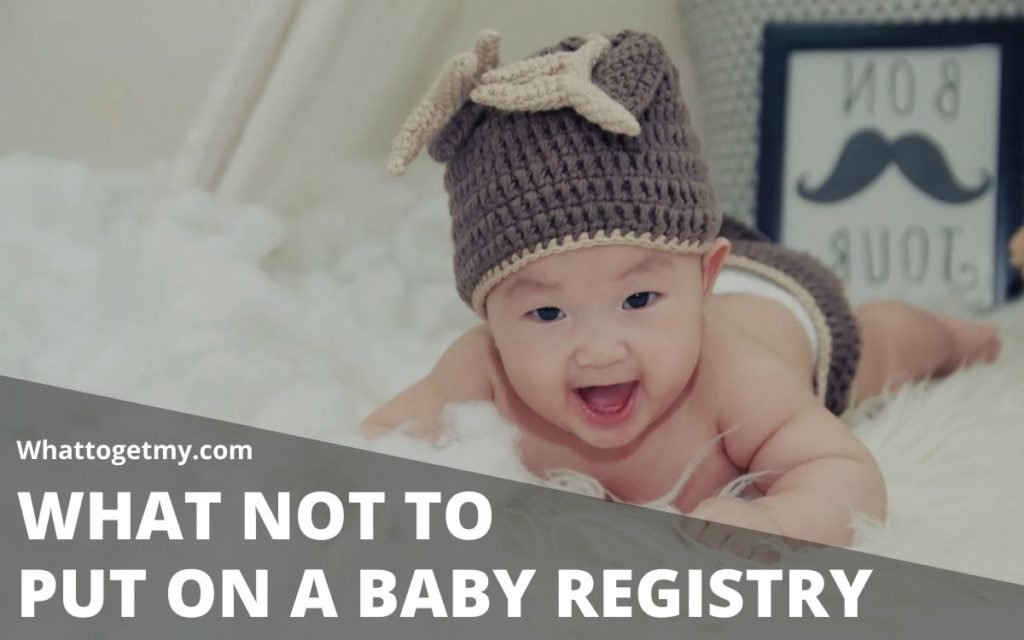How to Blend Themes Using Interactive Murder Mystery Kits
So, you’ve decided to host an interactive murder mystery party—fantastic choice! These events are inherently engaging, offering a unique twist on standard party ideas. But what if you have two amazing concepts fighting for dominance? Maybe you love the glamour of the Roaring Twenties but also want the spooky vibes of a gothic haunted manor? Don't worry; blending themes is not only possible but can result in the most memorable bash of the year! This guide will walk you through the practical steps to seamlessly merge two distinct concepts using your chosen mystery kit as the anchor.
Why Blending Themes Matters
Why settle for one aesthetic when you can have two? Blending themes adds layers of complexity and fun, making your event stand out. It allows you to incorporate elements that appeal to different guests, whether you're planning low-cost birthday themes or sophisticated retirement party themes for men. A dual theme gives you more creative fodder for decorations, food, and even the plot itself.
Prerequisites: What You Need Before You Start Blending
Before you start mixing your 1950s Sock Hop with a Victorian Séance, you need a few foundational elements in place. Think of these as your essential building blocks:
- The Core Kit: You must have your interactive murder mystery kits selected. The plot and character structure of the kit will dictate the hard boundaries. If the plot is set in 1888 London, you can’t fully escape that time period, but you can certainly layer flair on top of it.
- Theme Inventory: Clearly define the two themes you wish to blend (e.g., Theme A: Film Noir; Theme B: Space Opera). List the key visual, culinary, and musical elements of each.
- Budget Check: Blending themes can sometimes increase costs. Review your budget to ensure you can accommodate cheap party decorations for one theme while splurging slightly on a key element from the second. If you’re working with a tight budget, lean heavily on free party planning checklist items for the less critical elements.
- Guest List & Venue: Know your audience and space. A complex blend might be overwhelming in a small space party layout ideas setting, or too niche for a general audience.
Step-by-Step Guide to Seamless Thematic Fusion
Follow these steps to weave your two chosen themes into a cohesive, exciting event.
Step 1: Analyze the Kit’s Narrative Constraints

This is the most crucial step. Open your mystery kit materials.
- Identify the Anchor: Determine which theme aligns most closely with the setting, time period, or core conflict of the mystery. This theme becomes your Anchor Theme. For example, if the mystery is about a stolen jewel in 1920s New York, 1920s Jazz Age is your Anchor.
- Identify the Accent Theme: The second theme becomes your Accent Theme. This theme will provide flavor, costume options, and peripheral décor, but it must not contradict the Anchor Theme’s established reality.
Example: If your Anchor is 1920s Jazz Age, and your Accent is Alien Invasion, you might frame the alien presence as a strange, unexplained phenomenon that the flappers and gangsters are gossiping about, rather than a full-scale invasion.
Step 2: Integrate Costuming Opportunities
Costumes are where the blend becomes immediately visible. Use the Accent Theme to offer creative costume alternatives within the structure of the Anchor Theme roles.
- Role Modification: Look at the character descriptions provided in the kit. Can a standard "Wealthy Industrialist" (Anchor Role) also be dressed as a "Steampunk Industrialist" (Accent Flavor)?
- Accessory Focus: If the kit is for teenager party themes at home, encourage guests to use accessories heavily. A guest playing a 1980s rock star (Accent) can adapt their costume to look like a very flamboyant 1940s nightclub singer (Anchor) by swapping leather pants for wide-legged trousers but keeping the big hair.
Step 3: Curate the Ambiance with Dual Décor
Focus your décor budget strategically. Concentrate 70% of your visual effort on the Anchor Theme, and use the remaining 30% for subtle, high-impact nods to the Accent Theme.
- Anchor Dominance: Use standard cheap party decorations that fit the main setting—think vintage lighting for a Victorian setting, or black and white streamers for a Film Noir night.
- Accent Integration: Integrate the Accent Theme through small details. If blending a "Haunted Mansion" (Anchor) with "Tropical Getaway" (Accent), perhaps you use palm fronds draped over candelabras, or serve drinks in tiki mugs while maintaining dark, moody lighting. This works well for diy party games for adults too—the main game follows the plot, but side activities can lean into the Accent.

Step 4: Craft the Themed Cocktail Party Menus
Food and drink are the easiest places to merge themes without breaking the plot. Focus on names and presentation.
- Themed Naming: Create themed cocktail party menus where the names reflect the blend. If blending a "Medieval Feast" (Anchor) with "Robots" (Accent), you might serve "Sir Reginald’s Rocket Fuel" or "The Gilded Gear Grog."
- Visual Presentation: Use the Accent Theme for presentation flair. For an elegant dinner party themes event blending French Rococo (Anchor) with the Wild West (Accent), serve delicate pastries on rustic wooden planks, or use silver serving dishes alongside bandanna napkins.
Step 5: Adapt Music and Atmosphere
Music sets the mood, but it can be tricky when blending eras or genres.
- Transitional Playlists: Create two distinct playlists. Play the Anchor Theme music during the initial mingling and evidence gathering phase. When the plot thickens or during a designated "intermission" (perhaps while people refresh their drinks), switch to music that strongly reflects the Accent Theme.
- Virtual Adaptation: If hosting a virtual party game ideas version, use dual background screens or music cues that shift based on the scene being discussed.
Step 6: Weaving the Accent into the Clues (Advanced)
If you are comfortable modifying the mystery kit slightly (or if the kit is very open-ended), you can weave the Accent Theme directly into the narrative through optional clues or red herrings.
- Optional Flavor Text: If a character has an item, add a note that says, "This locket belongs to the character, but its strange, glowing green hue suggests a connection to the recent meteor shower [Accent Theme]." This offers flavor without undermining the core solution.

Common Pitfalls to Avoid When Blending Themes
Mixing two concepts requires finesse. Watch out for these common mistakes:
- The Identity Crisis: Don't let the themes confuse the guests. If the blend is too jarring, guests won't know how to dress or what tone to take. Warning: If guests arrive dressed for a Disco (Accent) but the plot revolves around a serious 1940s wartime spy ring (Anchor), the immersion is lost.
- Over-Decorating: Trying to execute two full, complex themes results in visual clutter, not cleverness. Remember the 70/30 rule mentioned earlier. Keep the Anchor visually dominant.
- Ignoring the Kit’s Core: Never let the Accent Theme override the mystery’s solution mechanism. The game must still be solvable based on the original character motives provided by the kit.
Expected Results: A Successfully Merged Event
A successful theme blend results in an event that feels deliberate, not accidental. Guests should feel like they are attending a highly specialized, unique event—like a 1920s speakeasy that just happens to have been briefly invaded by time-traveling pirates. You should see guests organically incorporating elements from both themes into their role-playing and conversations. If you’re planning a last minute party planning guide rescue mission, focusing heavily on dual-themed cocktails and accessories is the fastest route to success.
Conclusion and Next Steps
Blending themes with interactive murder mystery kits adds incredible depth to your hosting game. By prioritizing the kit’s narrative as your Anchor Theme and using the second theme as flavorful, non-contradictory accents in décor and cuisine, you create an experience that is richer and more memorable.
Ready to level up? Once you’ve mastered the blend, consider designing your own supplementary materials, like custom invitations that feature dual logos, or crafting a specialized themed cocktail party menu that only uses ingredients specific to your two chosen aesthetics. Happy sleuthing!



